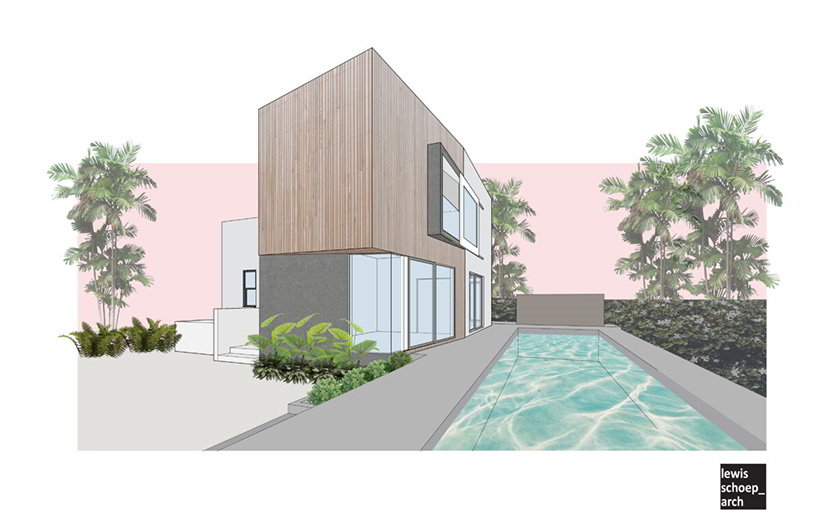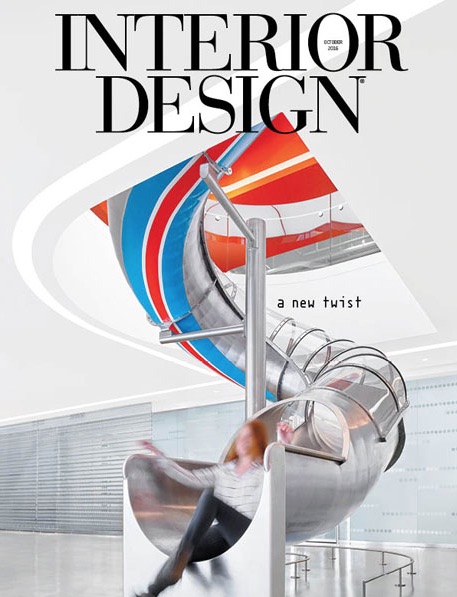ADUs : the skinny on Accessory Dwelling Units

Everyone is asking, so we are answering!
Accessory Dwelling Units – are they new?
Granny flats, converted garages and in-law apartments are not new… practically speaking they have always existed, and there are many thousands of them all over California. In the past many of these were illegally converted spaces, but in 2016 and 2017 the State of California passed a series of laws requiring cities to relax regulations on these types of dwellings as one step in a broader effort to address a housing crisis in the state. Accessory Dwelling Units (ADUs) have been wildly popular since then, with the City of Los Angeles receiving 67 times more ADU permit applications in 2019 than in 2016!
What constitutes an ADU?
An ADU is a dwelling unit with a full kitchen and bathroom and its own entrance, which can be added to a lot with an existing single-family home. It can be used by the owner, or can be rented out, but cannot be sold separately from the main residence. It can be a detached structure, or attached directly as part of the main house.
Can I build an ADU on my property?
ADUs are permitted in all single-family zones, if it will fit on the lot and is able to meet certain requirements.
What are the restrictions?
Some things dictated by State law include:
- An ADU is limited to 1200 square feet, and ADUs that are attached to an existing single-family dwelling cannot be larger than 50% of the existing living areas.
- No setbacks shall be required for an existing garage that is converted to an ADU. An ADU that is constructed above a garage cannot be required to have more than a five foot setback from the side and rear lot lines.
- Existing accessory structures, when converted to an ADU, are permitted without additional restrictions provided the structure has independent exterior access and side and rear setbacks sufficient for fire safety.
- Parking standards are limited to no more than one space per ADU or bedroom and required parking is permitted to be a tandem space on an existing driveway. Parking standards for new ADUs are reduced to zero spaces under certain circumstances:
- ADU is located within one-half mile of public transit.
- ADU is located within an architecturally and historically significant district.
- ADU is part of the existing primary residence or an existing accessory structure.
- on-street parking permits are required, but not offered to occupant of the ADU.
- there is a car-share vehicle located within one block of the ADU.
- When a garage, carport or covered parking structure is demolished in conjunction with the construction of an ADU the replacement parking spaces may be located in any configuration on the same lot as the ADU, including, but not limited to, covered spaces, uncovered spaces, or tandem spaces, or by the use of mechanical automobile parking
What about my local jurisdiction?
While the ADU Ordinances are based on California state law, many jurisdictions have further defined the local development standards. Be sure to check with your local Planning / Building Department for an overview of specific restrictions for your property, or shoot us an email at mail@lewisschoeplein.com’
Where else can I get more information?
The American Insititute of Archiects, California has published their own website with a lot more valuable information. See it here: Plus1House.com






 And so I am left to ponder how the shaft was put there, and why couldn’t they use part of the closet if they got into trouble during construction? I try to understand who thought putting beds in an L-shape was a comfy way to sleep (maybe the kids can share a pillow?). And I deal with it the only way I know how: I pull out the trace paper.
And so I am left to ponder how the shaft was put there, and why couldn’t they use part of the closet if they got into trouble during construction? I try to understand who thought putting beds in an L-shape was a comfy way to sleep (maybe the kids can share a pillow?). And I deal with it the only way I know how: I pull out the trace paper.